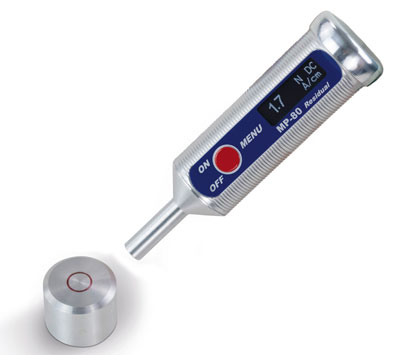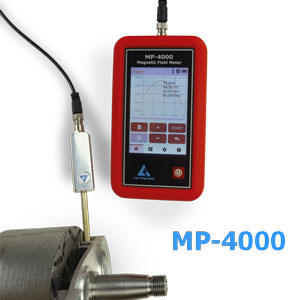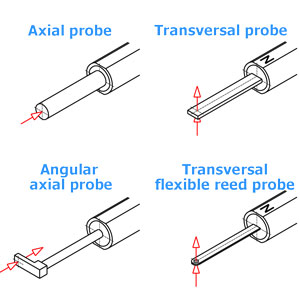Magnetic field meters from List-Magnetik
Everything about measuring magnetic fields, choosing the right magnetic field meter, the possible applications of such gauss meters, the best ways to determine residual magnetism and the corresponding accessories. You will find the answer to all these questions here. Click on the topic of your choice below.
List-Magnetik: Your partner for magnetic field measurement — discover our magnetic field measuring instruments such as gaussmeters & more
When it comes to measuring and analyzing magnetic fields, List-Magnetik is your trusted partner. Our wide range of magnetic field meters, including gaussmeters and more, allows you to make accurate measurements and gain insight into the fascinating world of magnetic fields.
Why is List-Magnetik your reliable partner for magnetic field meters?
High quality magnetic field meters: Our magnetic field meters are built for precision and reliability. Whether you work in scientific research, industry or everyday life, our instruments are designed to meet your needs.
Gaussmeters and more: We offer a variety of instruments, including gaussmeters, to measure magnetic fields in various environments. Our products are easy to use and provide accurate results.
Custom Solutions: We understand that each application is unique. That is why we offer custom solutions to ensure that you get the best magnetic field meters for your needs.
Expert advice: Our experts have the knowledge and experience to help you. We are happy to help you choose the right magnetic field meter and support you in its application.
Gauss meters, Residual magnetism, Remanence & Co.
Our Gaussmeters are designed for maximum accuracy and are perfect for measuring magnetic fields in laboratories and industrial facilities.
Residual magnetism and remanence are two terms closely related to magnetism and magnetic materials. Residual magnetism refers to the property of a material, after exposure to a magnetic field, to remain magnetized when the external magnetic field is removed. This occurs because the magnetic domains in a material can maintain their orientation after being magnetized. Residual magnetism can be useful, for example, in the manufacture of permanent magnets.
Remanence, on the other hand, is a measure of the magnetization of a material after the external magnetic field is removed. It is the magnetic polarization that remains in the material and is often measured in units such as Gauss or Tesla. Remanence is an important factor in the characterization of permanent magnets because it indicates how strong the magnet remains after it has been magnetized.
Residual magnetism and remanence are important in the study of magnetism and in the manufacture of magnetic materials and devices. Residual magnetism and remanence also play a role in various applications, from electronics to medicine.
List-Magnetik is your reliable partner for magnetic field measurement. Our high quality magnetic field meters, including Gaussmeters and many other products, are designed to provide accurate measurements in various industries. With our commitment to quality and customized solutions, we are ready to meet your needs.
Contact us today to learn more about our magnetic field meters and services!













